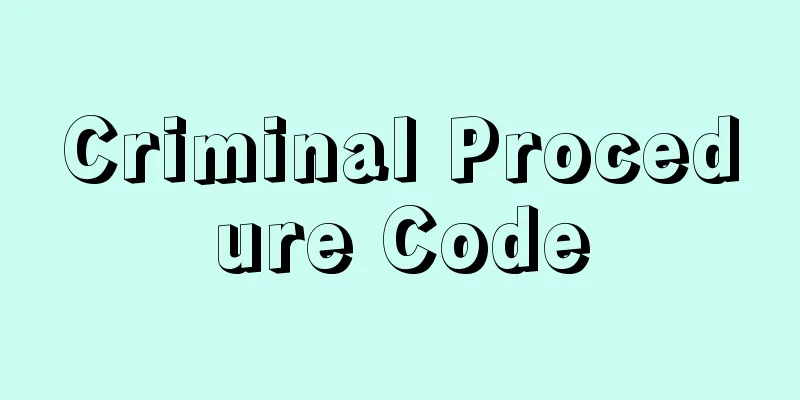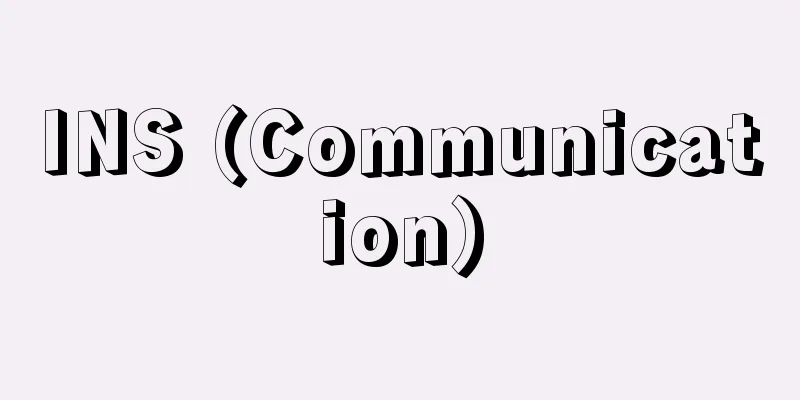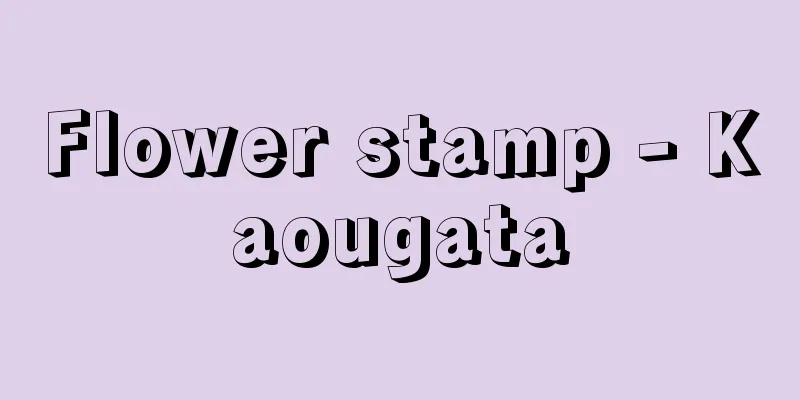Criminal Procedure Code

|
The term "criminal procedure law" in the formal sense refers to the current Criminal Procedure Code (Act No. 131 of 1948). In contrast, the term "criminal procedure law" in the practical sense refers to the entire set of criminal justice-related laws, including the Criminal Procedure Code, the Constitution, the Criminal Code, the Criminal Procedure Rules, the Courts Act, the Public Prosecutor's Office Act, the Attorneys Act, the Act on Penal Detention Facilities and Treatment of Detainees, the Juvenile Act, the Criminal Compensation Act, etc. The first new rules for criminal procedure in the early Meiji period are said to be the Court Rules of May 25, 1870 (Meiji 3) (established by the Ministry of Justice, Law Collection Meiji 3, p. 207 et seq.). These rules consist of 13 articles, and are accompanied by a diagram in the form of a whiteboard. The rules state that "when questioning is conducted, if the seats of high-ranking samurai and commoners are not available, the matter may be handled in a crowded place" and that "those above the sixth rank shall be examined in a seated area," showing discriminatory treatment based on status, but this discrimination was abolished by Ministry of Justice Notice No. 25 of October 10, Meiji 5. In 1873, Ministry of Justice Notice No. 22, Rules for Execution of Prison Prisons, was established on February 24, Meiji 6, and the Court Rules were abolished. The Rules for Execution of Prison Prisons consisted of 26 articles, and included a simplified diagram of the execution of prisons and a diagram of a calculating board (a type of torture device) (Horitsu Zensho, Meiji 6, p. 1714 onwards). Both the Rules for Execution of Prison Prisons and the Rules for Execution of Prison Prisons permitted torture as a legal system, and contained content that was incompatible with modern enlightenment ideas. The Criminal Procedure Law, promulgated by Dajokan Proclamation No. 37 on July 17, Meiji 13, consisted of 480 articles, and was Japan's first fully-fledged, modern-looking criminal procedure code, compiled on the model of French law after the French Revolution. The Constitution of the Empire of Japan was promulgated on February 11, 1889 (effective November 29, 1890), the Meiji Criminal Procedure Code (Law No. 96 of Meiji 23) was promulgated on October 7, 1890, and came into effect on November 1, and the Criminal Procedure Law was abolished. The Meiji Criminal Procedure Code incorporated some German law. Then, on May 5, 1922 (Taisho 11), the Taisho Criminal Procedure Code (Law No. 75 of Taisho 11) was promulgated and came into effect on January 1, 1924. This is the old Criminal Procedure Code. In continental Europe, the so-called "reformed criminal procedure" was established in the 19th century, and the Criminal Procedure Law, Meiji Criminal Procedure Code, and Taisho Criminal Procedure Code were developed by inheriting this. After World War II, the Constitution of Japan was enacted, and detailed provisions on criminal procedures were included (Articles 31 to 40, etc.). Accordingly, the current Code of Criminal Procedure was promulgated on July 10, 1948 (Showa 23), and came into effect on January 1, 1949. This new Code of Criminal Procedure is notable for being strongly influenced by Anglo-American law, especially American law. The current Criminal Procedure Code was first amended in 1953 to strengthen investigations, such as by extending the detention period (Article 208-2), and to improve the efficiency of trials, such as by adopting summary trial procedures (Article 291-2). After that, a period of new case law on the interpretation of the Criminal Procedure Code continued, and the Criminal Procedure Code was not amended for a long time. However, in the 1990s, a period of criminal legislation was enacted one after another, and in 1999, the so-called three laws against organized crime were enacted, and in relation to the Criminal Procedure Code, the Communications Interception Act (Act No. 137 of 1999, officially titled the "Act on Communications Interception for Criminal Investigations"). In addition, in 2000, the "Act on Measures Accompanying Criminal Proceedings for the Protection of Crime Victims, etc." (Act No. 75 of 2000, currently the "Act on Measures Accompanying Criminal Proceedings for the Protection of the Rights and Interests of Crime Victims, etc.") was enacted. During this time, the Judicial System Reform Council, which was established in the Cabinet in July 1999, completed its two-year deliberation and published the "Judicial System Reform Council Opinion: The Judicial System that Supports Japan in the 21st Century" in June 2001. In response to the recommendations of this opinion, a major legislative effort was undertaken regarding criminal justice, and Japan's criminal justice system underwent its most radical reform since the establishment of the current Criminal Procedure Code. As a result, in May 2004, the "Act to Partially Amend the Code of Criminal Procedure, etc." (Act No. 62 of 2004), which included the introduction of a pretrial arrangement procedure system, the "Act on Criminal Trials with Lay Judges" (Act No. 63 of 2004), which introduced the lay judge system, and the "Comprehensive Legal Support Act" (Act No. 74 of 2004), which established a new public defender system, were enacted. This movement for reform of the judicial system continued following the recommendations of the "Committee on the Status of the Prosecutor's Office" held at the Ministry of Justice in 2011. In May 2016, the "Act to Partially Amend the Code of Criminal Procedure, etc." (Act No. 54 of 2016) was enacted, which includes the introduction of a system for audio-video recording of suspect interrogations, as well as the introduction of an agreement system and a criminal exemption system, and Japan's criminal procedure code is showing new developments. [Ichiro Uchida and Morikazu Taguchi, April 18, 2018] [Reference items] | | | | | | | | |Source: Shogakukan Encyclopedia Nipponica About Encyclopedia Nipponica Information | Legend |
|
形式的意義における刑事訴訟法とは、現行刑事訴訟法典(昭和23年法律第131号)をいう。これに対して、実質的意義における刑事訴訟法とは、刑事訴訟法典のほか、憲法、刑法、刑事訴訟規則、裁判所法、検察庁法、弁護士法、刑事収容施設及び被収容者等の処遇に関する法律、少年法、刑事補償法等々の刑事司法関連法規の総体をさす。 明治初頭の新たな刑事訴訟に関する最初の規則は、1870年(明治3)5月25日の法庭規則(刑部省定、法令全書明治3年207頁以下)であるとされている。この法庭規則は13か条からなり、白洲(しらす)体裁の図を付している。この規則では、「糺問(きゅうもん)之節有位士庶人等之座席不致混雑可取扱事」とし、また「六位已上ハ座鋪(ざほ)吟味之事」として身分による差別的取扱いがみられるが、この身分上の差別は明治5年10月10日司法省達第25号により撤廃された。1873年には、明治6年2月24日司法省達第22号断獄則例を定め、法庭規則は廃止された。断獄則例は26か条からなり、断獄庭略図解および算板(拷問具の一種)図を付している(法令全書明治6年1714頁以下)。法庭規則も断獄則例も法律上の制度としての拷問を許していたことなど、その内容は近代の啓蒙(けいもう)思想と相いれないものを含んでいた。1880年、明治13年7月17日太政官(だじょうかん)布告第37号により頒布された治罪法は、480か条からなり、フランス革命後のフランス法を模範として編纂(へんさん)された日本最初の、本格的な、近代的内容をもった刑事訴訟法であった。 1889年2月11日に大日本帝国憲法が発布(1890年11月29日施行)、1890年10月7日には明治刑事訴訟法(明治23年法律第96号)が公布、11月1日から施行され、治罪法は廃止された。明治刑事訴訟法では若干ドイツ法が加味された。その後、1922年(大正11)5月5日、大正刑事訴訟法(大正11年法律第75号)が公布され、1924年1月1日から施行された。旧刑事訴訟法がこれである。ヨーロッパ大陸では19世紀にいわゆる「改革された刑事訴訟」が確立され、治罪法、明治刑事訴訟法、大正刑事訴訟法も、これを継受しつつ発展してきたものであった。第二次世界大戦後、日本国憲法が制定され、刑事手続に関する詳細な規定が置かれた(31条~40条など)。これに伴って、現行刑事訴訟法が1948年(昭和23)7月10日に公布され、1949年1月1日から施行されるに至った。この新たな刑事訴訟法は、英米法、とくにアメリカ法の影響を強く受けている点に特色がある。 現行刑事訴訟法には、まず、1953年に大幅な改正として、勾留(こうりゅう)期間の延長(208条の2)等の捜査強化の改正や、簡易公判手続の採用(291条の2)等の審理の効率化を図る改正がなされた。その後、新たな刑事訴訟法の解釈に関する判例法が展開される時代が続き、刑事訴訟法の改正は長い間なされなかった。しかし、1990年代に相次いで刑事立法がなされる時代を迎えるに至り、1999年(平成11)にはいわゆる組織犯罪対策三法が成立し、刑事訴訟法との関係では、通信傍受法(平成11年法律第137号。正式名称は「犯罪捜査のための通信傍受に関する法律」)が成立した。また、2000年(平成12)には「犯罪被害者等の保護を図るための刑事手続に付随する措置に関する法律」(平成12年法律第75号。現「犯罪被害者等の権利利益の保護を図るための刑事手続に付随する措置に関する法律」)等が成立した。この間、1999年7月に内閣に設けられた司法制度改革審議会は、その2年間の審議を終えて、2001年6月に、「司法制度改革審議会意見書―21世紀の日本を支える司法制度―」を発表した。この意見書の提言を受けて、刑事司法に関する大幅な立法作業がなされ、日本の刑事司法は、現行刑事訴訟法の成立後においてもっとも抜本的な変革を遂げることとなった。その結果、2004年5月に、公判前整理手続制度の導入などを含む「刑事訴訟法等の一部を改正する法律」(平成16年法律第62号)、裁判員制度を導入した「裁判員の参加する刑事裁判に関する法律」(平成16年法律第63号)、新たな国選弁護人制度を創設した「総合法律支援法」(平成16年法律第74号)等が成立した。この司法制度改革の動きは、2011年に法務省で開催された「検察の在り方検討会議」の提言を受けて、さらに継続され、2016年5月に、被疑者の取調べの録音・録画制度の導入や合意制度・刑事免責制度の導入等を含む「刑事訴訟法等の一部を改正する法律」(平成28年法律第54号)が成立し、日本の刑事訴訟法は、新たな展開をみせている。 [内田一郎・田口守一 2018年4月18日] [参照項目] | | | | | | | | |出典 小学館 日本大百科全書(ニッポニカ)日本大百科全書(ニッポニカ)について 情報 | 凡例 |
<<: Metropolitan Police Department
Recommend
Eta head - Etagashira
An official appointed by the Edo Shogunate to lead...
Coordinating Committee for Export Control to Communist Area
…Abbreviation for the Coordinating Committee for ...
Kami
Located in the southwest of Shizuoka Prefecture, ...
Mamushi (Viper) - Mamushi
A general term for dangerous venomous snakes in th...
Elasticity - Life
When a spring or rubber band is stretched and the...
Curzon Line
After World War I, the Special Committee on the P...
Balsam pear
An annual vine in the Cucurbitaceae family (APG c...
Normalizing - yakinarashi (English spelling)
A type of heat treatment for steel. It is a proces...
Japan Trench
A trench east of Honshu. In the north, it borders ...
Official - Kuyou
〘 noun 〙 ("ku" is the Go-on pronunciatio...
Negative name - Fumyou
Since the Heian period, in ancient and medieval t...
Anacletus [II] - Anacletus
…(1) The first (1123) was the first Western world...
Omaezaki Sand Dunes
…The Oki-Gozen Reef lies offshore, and the contin...
Koen - Koen
Also called a prominence. A gas body located sever...
"Gyozanshuryakubon" - Gyosanshuryakubon
...This Soen edition became the prototype for the...









![Imperial Chemical Industries [company] - Imperial Chemical Industries](/upload/images/67cf7cd2c158e.webp)